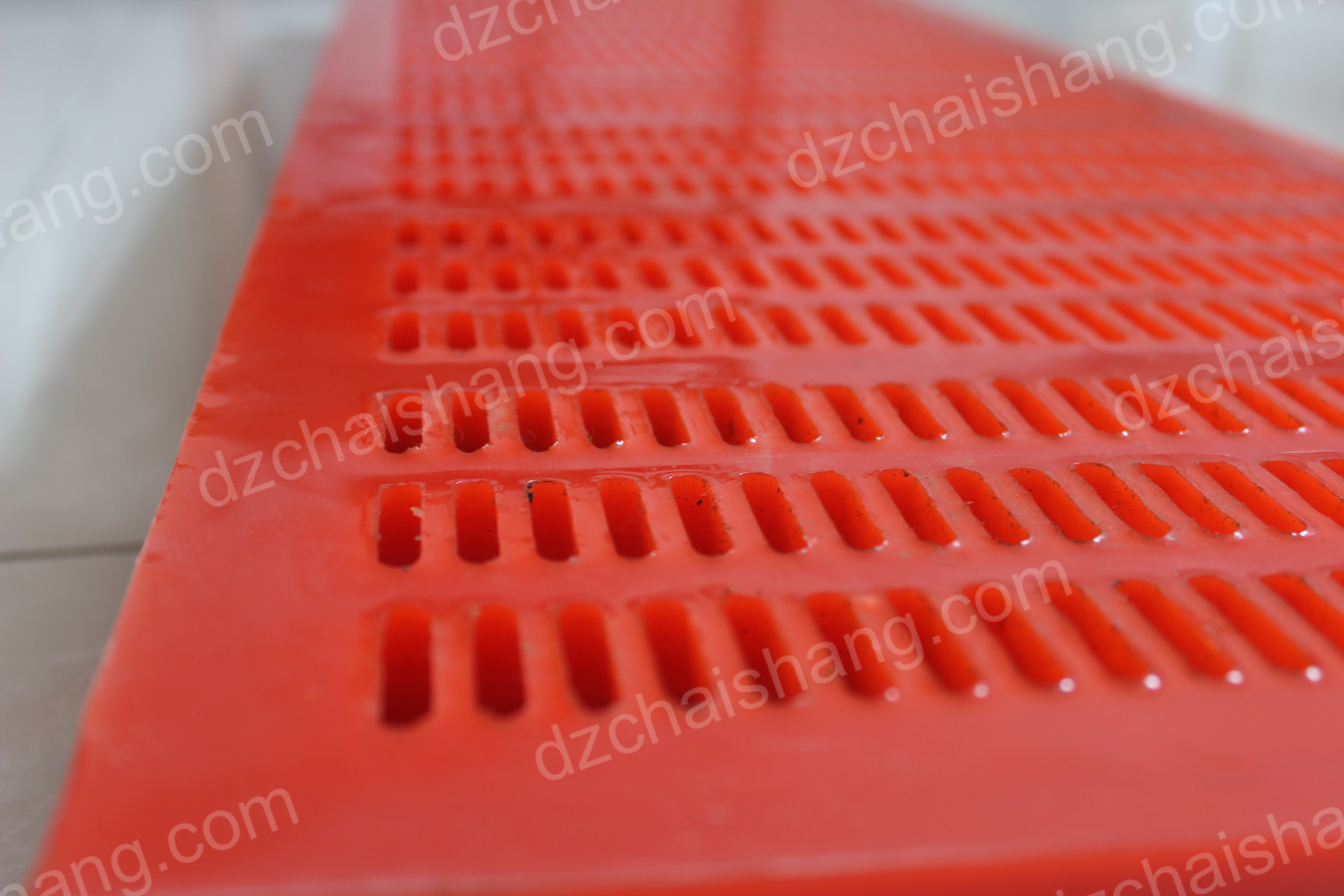- 28
- Nov
When using a screen, what do we mean by mesh number?
The mesh number of the screen means the total number of holes arranged within a length of 1 inch (25.4 mm), that is, the number of meshes. The total number of holes is the mesh number of the screen. The type of screen is represented by the number of meshes and the diameter of the screen. In short, the mesh size and strength of the screen are key indicators of whether the screen is suitable for printing.

The screen has large diameter, high strength and durability. Using reasonable and correct mesh size, the printed screen itself can provide the right amount of pulp and can be placed on the surface of the fabric. Reasonable selection of mesh mesh also provides a basis for reasonable mesh size.
In actual operation, the names of “mesh numbers” on the screen are not uniform. For example, according to some technical data, there are screens called 800 mesh and 1350 mesh, but there are only product specifications of 25-495 mesh. The differences in these names are due not only to the metric and imperial methods, but also to whether the screens are named by the number of holes per unit area or the number of linear holes per unit length.

Relatedly, the number of wire holes per unit length actually represents the meridional density of the screen, which can represent the density between the screen wires. The higher the mesh number of the screen, the tighter the mesh wires are and the smaller the mesh is. On the contrary, the lower the mesh number, the sparser the mesh, and the more permeable the colorant.
